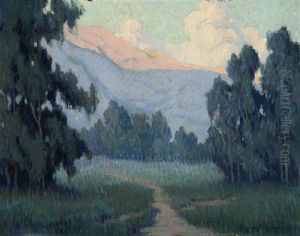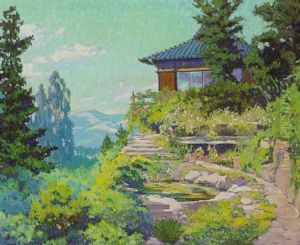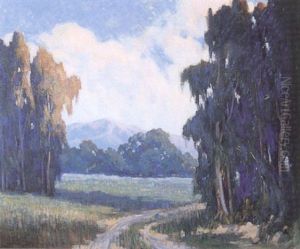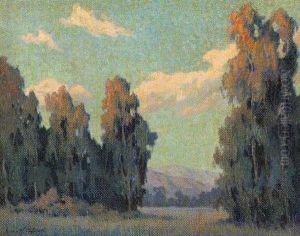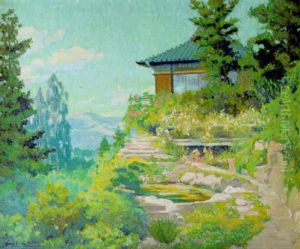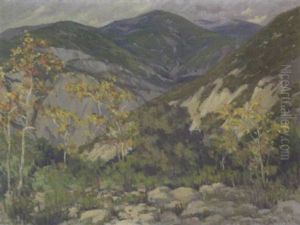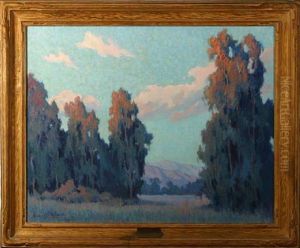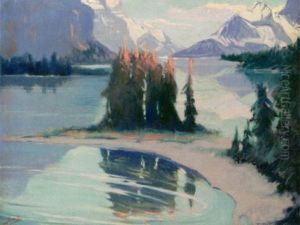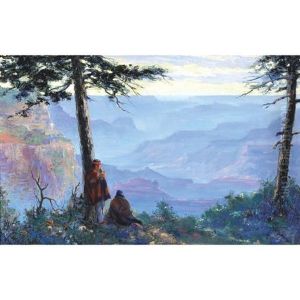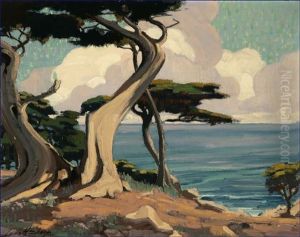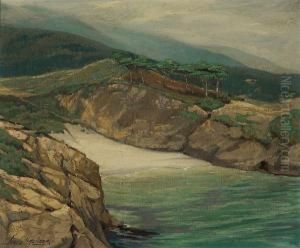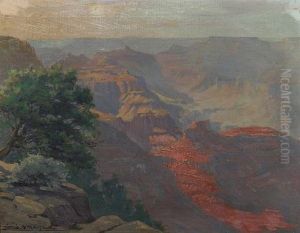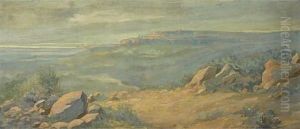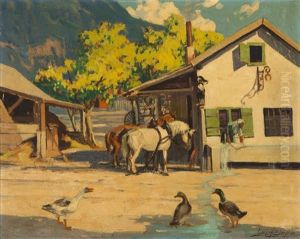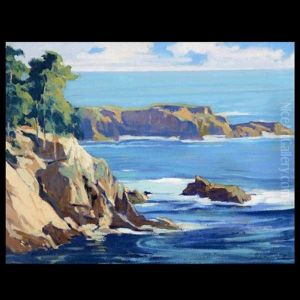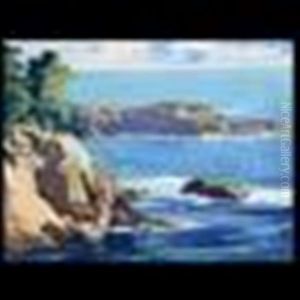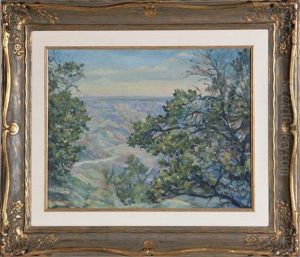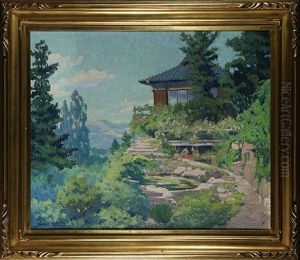Louis Hovey Sharp Paintings
Louis Hovey Sharp was an American painter, known primarily for his landscape paintings of the American West, especially scenes depicting the Rocky Mountains and the Southwest. Born in Bridgeport, Connecticut on September 2, 1874, Sharp developed an interest in art at an early age and pursued his passion with dedication.
He began his formal art education at the Art Students League in New York and later studied at the Académie Julian in Paris under the tutelage of renowned artists such as Benjamin Constant and Jean-Paul Laurens. During his time in Europe, Sharp was exposed to various artistic movements and styles, which helped shape his own unique approach to painting.
After returning to the United States, Sharp traveled extensively through the West, drawing inspiration from the region's majestic landscapes. He settled in California for a period, where he became an active member of the local art community. However, it was his time spent in New Mexico that had a profound effect on his work. He was particularly taken with the Taos area, where he eventually became one of the founding members of the Taos Society of Artists in 1915. The society was instrumental in bringing attention to the art and culture of the American Southwest and played a significant role in the development of American art during the early 20th century.
Sharp's artwork is characterized by a strong sense of place and a masterful handling of light and color. His paintings often feature vibrant skies, rugged mountains, and the serene beauty of the natural landscape, sometimes populated with figures of Native Americans, whom he portrayed with empathy and respect. Throughout his career, Sharp remained committed to his artistic vision, eschewing modernist trends and focusing instead on the realistic representation of his subjects.
Louis Hovey Sharp's contributions to American art were significant, and his works can be found in many public and private collections. His legacy is that of an artist who captured the spirit and grandeur of the American West with a remarkable authenticity and aesthetic beauty. He passed away on December 29, 1946, in Pasadena, California, leaving behind a rich body of work that continues to be celebrated for its contribution to the visual heritage of the United States.
